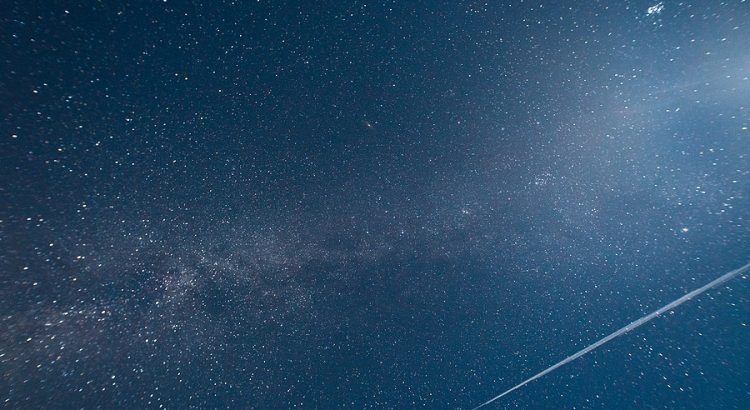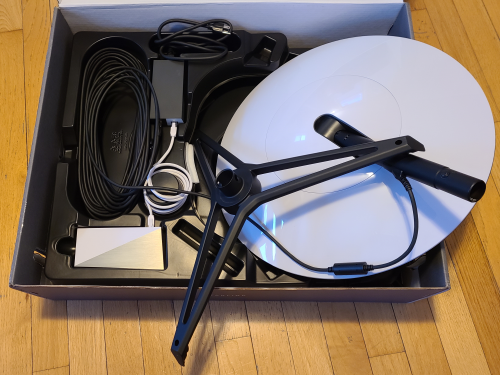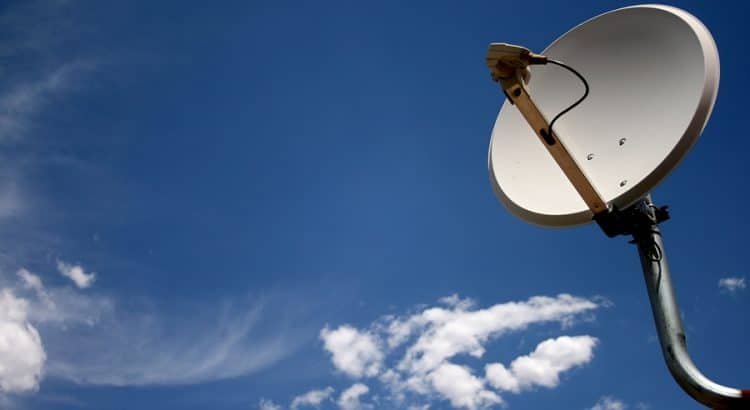Starlink just announced it will adjust pricing for residential customers. Service will become cheaper in areas the company has extra capacity, and service will become more expensive in capacity-constrained areas.
Here’s the key bit from the email I got last night:
- $10 increase in areas with limited capacity. New price will be $120/month.
- $20 decrease in areas with excess capacity. New price will be $90/month.
As a current customer in an area with limited capacity, your monthly service price will increase to $120/month beginning April 24, 2023. For new customers in your area, the price increase is effective immediately.
While it’s not great to see my bill increasing, I’m glad to see efforts to tie pricing to capacity in different regions.
Whether we’re looking at cell service or residential internet, the level of network congestion in an area can significantly affect the quality of service customers experience.1 In a somewhat convoluted way, congestion also affects the cost of delivering service.
I find it surprising that services tend to be priced as uniformly as they are throughout the country. Moving away from that uniformity probably makes the market more efficient.













